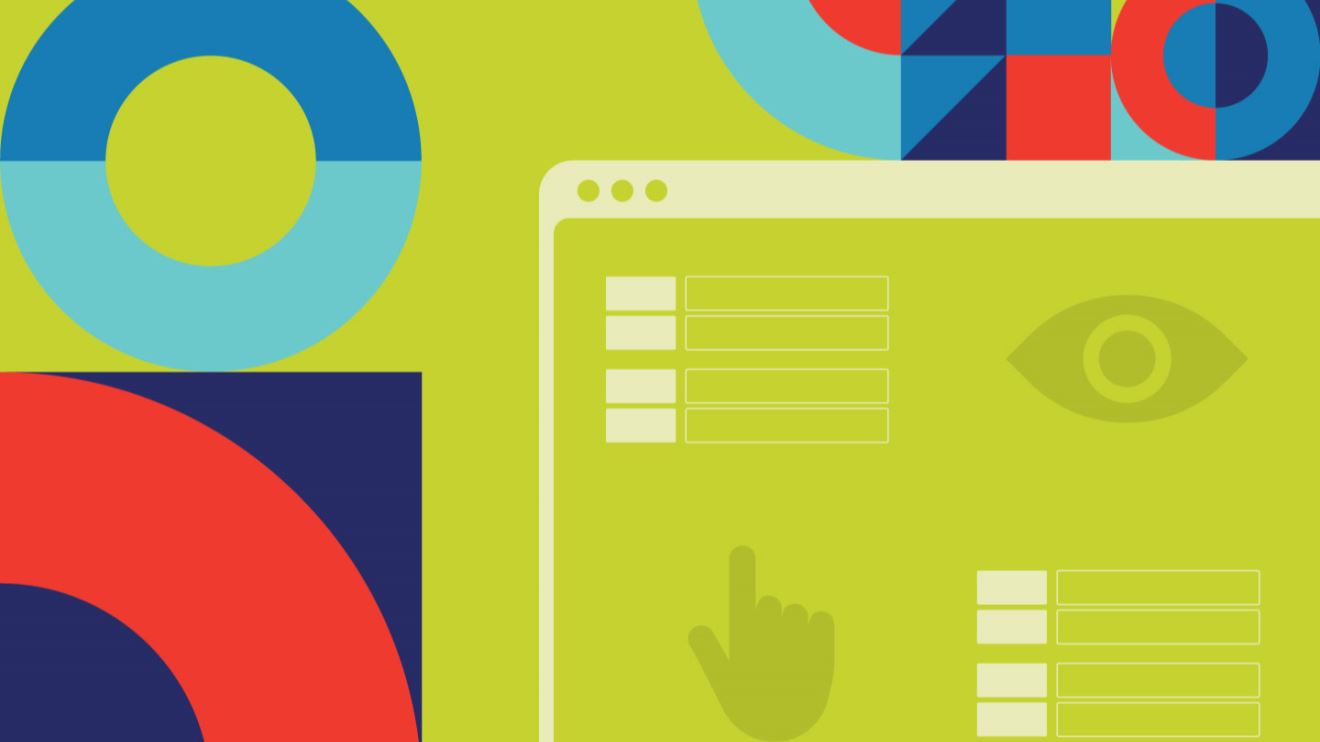It goes without saying that you should want your products and services to function well and provide value for your customers and stakeholders. That’s one of the main ways you build up your brand’s integrity and spur long-term growth.
But oftentimes, brands don’t put as much emphasis on audience-focused design for their websites as they do for their products and services. What seems best for a website internally isn’t always what resonates with your audience, and this disconnect can severely limit your site’s success.
Usability and Your Brand
Brands are an ongoing relationship with your audience. When you do things to strengthen that relationship through thoughtful brand strategy, you can make a meaningful impression that can lead to long-term brand advocacy.
More than quality products or good prices, a strong brand is what will keep people coming back to your business. Accessible design is an important way to show that your brand considers the needs of everyone in your audience. It’s a new interpretation of customer service: you’re solving problems before they arise through design that considers everyone’s needs.
There’s a good chance that when someone encounters your website or app, it’s their first impression of your brand. Depending on whether or not your site is designed with empathy and careful consideration, that first impression could be an extremely strong one or a very poor one.
Making accessible design decisions that go beyond the bare minimum for legal compliance tells your audience that you have thought about them. That immediately puts you ahead of companies that only talk about how much they care about their audience without showing it.
Your brand has the power to keep people coming back, not just because you have the cheapest prices, but because they believe in your mission and values. Designing your website or app with accessibility in mind is a key way to develop believers in your brand and build up your brand’s integrity for the long term.
Accessible Design Benefits Everyone
When people think of accessibility in web design, they often think of designing features specifically for users with disabilities. But web accessibility is more than that— it’s a way of ensuring that your site works for everyone.
Take button sizes, for example. While mouse cursors are precise on a desktop computer, using a website on your phone requires you to use your fingers, which are much less accurate and much more diverse.
Accessible button design must account for the vast diversity of people and finger sizes by being large enough and easy to find. By designing your buttons with accessibility in mind, you’ve made them easier to use for ALL users, not just those with disabilities.
This concept applies to nearly every accessibility feature on a website or app. When more people can use a feature, it benefits everyone. That’s why taking accessibility into account when designing a site or app is a crucial step towards designing a product that is better for your audience, no matter who the user is.
Color contrast is another tangible way to design accessibly: text needs to sufficiently stand out from its background in order to be legible. Insufficient color contrast can negatively affect people’s ability to receive information visually.
According to WCAG AA standards (the most common accessibility guidelines for sites), the contrast ratio between text and the text’s background should be a minimum of 4.5 to 1. Color contrast checkers are one easy way to test how well your content meets this standard, but keep in mind that eyesight and abilities are subjective, and this is just one threshold to help most people.
Accounting for color contrast helps those with visual impairments (1 in 12 men are colorblind), but it also makes it easier for anyone to read your content. Once again, it’s an accessible feature that has benefits for anyone visiting a site or using an app.
The Business Case for Web Accessibility
Web and app accessibility doesn’t just lead to happier end users and a stronger brand— it has significant impacts for your business as well. Weaving accessibility into your site or app has the potential to expand your audience, strengthen your brand and protect you from litigation.
The main business benefit is a no-brainer: when your site or app is usable by more people, a wider audience can learn about your business, share your business with others and purchase your service or product.
Since accessible design provides a better experience for everyone, it makes your business easy to interact with. That means less resources are wasted trying to fix website issues post-launch, and less time is spent trying to troubleshoot for users who can’t find what they’re looking for.
According to Google Webmaster Central Blog, accessible sites are more easily indexed by the Google search engines, which can lead to better matches and higher rankings. Google has emphasized this fact for more than a decade. Often, structuring your content accessibly with headers that are more compatible with screen readers also makes it more optimized for search engines.
In the United States, there are also legal implications for not meeting basic standards of accessibility—in 2019, Domino’s lost a legal battle regarding its site’s lack of accessible features for blind users. Compliance with the Americans with Disabilities Act of 1990, Amended (ADA), Section 255 of the Telecommunications Act of 1996, the Air Carrier Access Act of 1986 and the 21st Century Communications and Video Accessibility Act of 2010 (CVAA) can help protect your company from litigation about accessibility.
Accessible design leads to quality websites and apps, and can provide a lot of value in the short term. But it also goes a long way towards elevating the public perception of your brand and its commitment to its customers.
A Few More Insights
Hopefully this breakdown has sparked some ideas about improving your brand through accessible design. For more inspiration, read some of our other insights:



